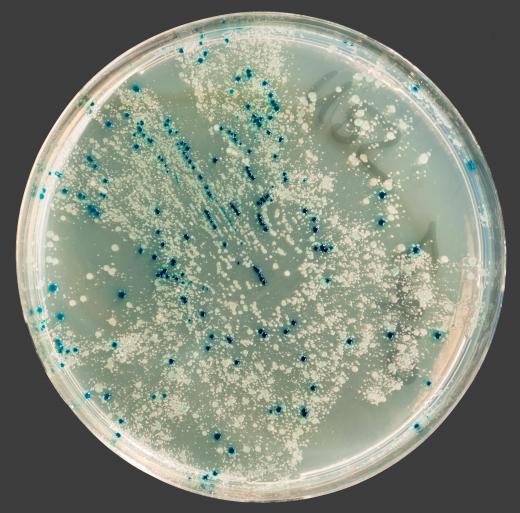In Biology, what is a Domain?
 Michael Anissimov
Michael Anissimov
In biology, a domain is the highest possible classification of organisms. According to the modern system, called the three-domain system, created by Carl Woese in 1990, there are three: Eucaryota (eukaryotes), Archaea, and Bacteria. Older systems include the two-empire system, Prokaryota and Eukaryota, and the six-kingdom system, listing Protista, Archaebacteria, Eubacteria, Fungi, Plantae, and Animalia. Based on genetic analysis and careful argument, most scientists have agreed that the current system best classifies the diversity of life.
Woese's system has been praised for emphasizing microbial diversity, and recognizing fundamental differences between archaea and bacteria, enough to warrant putting them in different domains. The two-empire system is said to ignore these differences, while the six-kingdom system overemphasizes the distinctness of fungi, plants, and animals, which are all eukaryotes, made of complex cells with organelles and nuclei. All multicellular animals are eukaryotes.

The most fundamental division in all life is that between the prokaryotes, or simple cells, and eukaryotes, or complex cells. Differences in the 16S rRNA genes among prokaryotes led them to be split into the archaea and bacteria groups, while other genetic contrasts make clear the difference between these groups and the eukaryotes.
Currently, it is unknown which domain is the oldest organismal lineage in the world, though recent evidence points to archaea. In terms of biomass, bacteria are the most numerous, likely followed by archaea, then eukaryotes. If bacteria and archaea were to disappear, eukaryotes would likely go extinct, because most eukaryotes are intimately dependent on these other organisms for food or symbiotic interactions, such as nitrogen fixation. In humans, symbiotic stomach bacteria are necessary to break down complex carbohydrates.

Archaea is the newest group to be recognized, identified as distinct in 1977. Originally, these organisms were found in extreme environments, such as the hot springs in Yellowstone Park, but have since been found practically everywhere. Archaea include some of the most impressive extremophiles, meaning organisms that thrive in extremes of temperature, acidity, pressure, sugar concentration, lack of oxygen, or other variables.
AS FEATURED ON:
AS FEATURED ON:














Discuss this Article
Post your comments